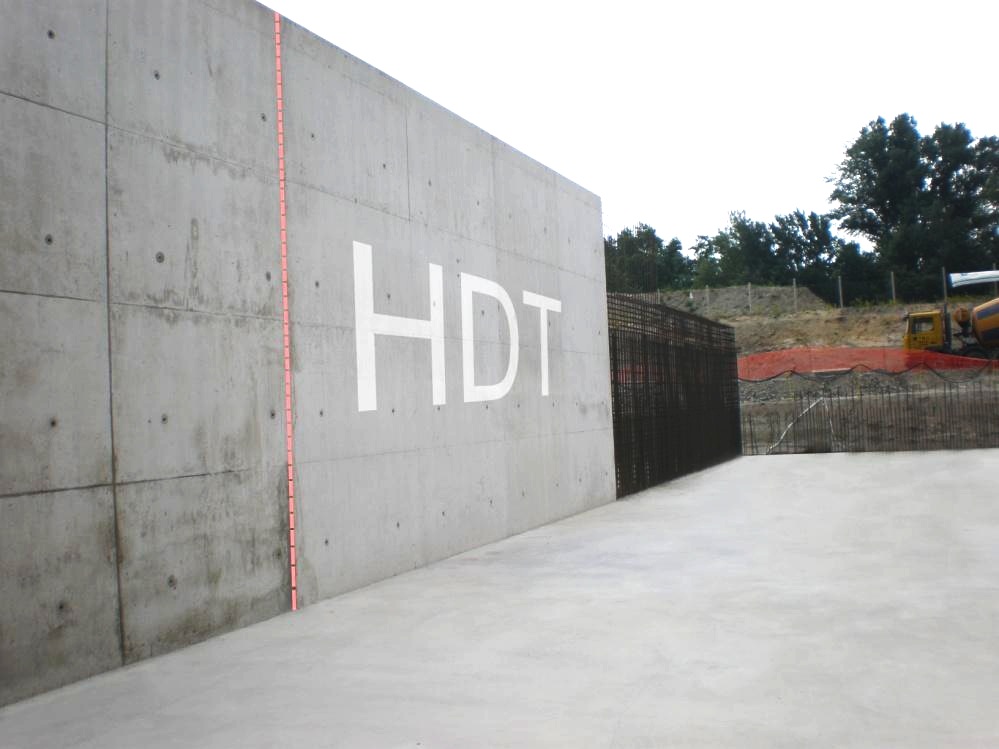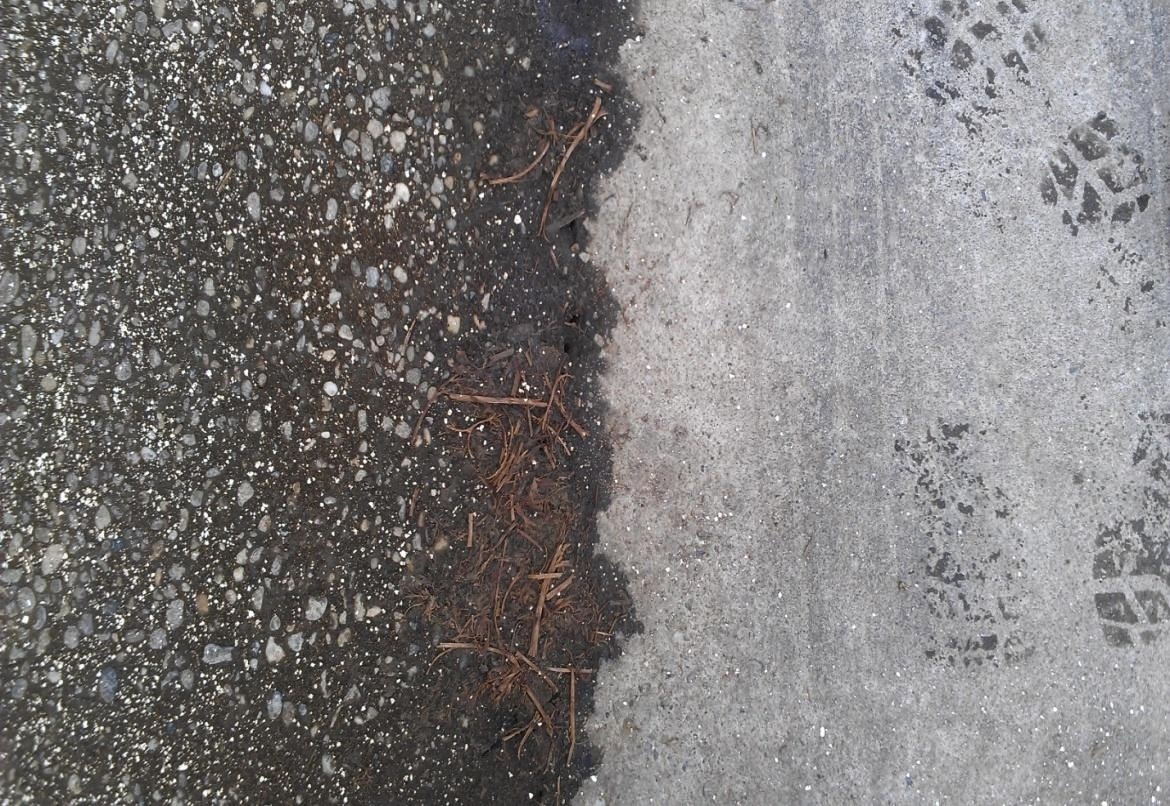NANOTECHNOLOGY
Nanotechnology has changed our vision, expectations and abilities to control the material world. The developments in nano-science can also have a great impact on the field of construction materials. Portland cement, one of the largest commodities consumed by mankind, is obviously the product with great, but not completely explored potentials mainly in the field of composite cement production and utilisation of industrial by products like slag ash, fly ash or burnt shale.
Better understanding and engineering of complex structures of cement based materials at the nano level will result in a new generation of concrete that is stronger, more durable, with the desired stress and strain behaviour. Plus a whole range of newly introduced “Smart“ properties that can increase the overall profitability by two or three times and substantially reduce the CO2 pollution factor.
HDT produced concrete next to concrete made with an advanced additive of a well-known European admixture producer. The project owner chose to use HDT.
What is HDT nanotechnology?
HDT (High Durability Technology) is a multifunctional powder admixture for high density and durability concrete with a protective function against aggressive environments. HDT is a non-hydroscopic powder of specially selected and highly dispersed natural minerals with additional modifications. It is designed to improve the reactive performance of all types of cement and cement replacements (GGBS and PFA) in all types of concrete allowing for more dense and economical concretes to be designed. HDT Ecoadmix is a hardening accelerator, binder, sealer, superplasticizer, water proofer, acid, salt, chloride, sulphate and frost resisting agent which is way ahead of the field and has no competition in performance.
It is an additive which has a distinctive mechanism of operation in comparison to others and allows simultaneous influence not only on the kinetics of cement hydration, but it also hugely contributes to the concrete fabric structuring in this process. HDT is acting as a template i.e a matrix for the creation of nanoparticles which correspond to HDT and can be applied in the development of nanotechnology. HDT concretes are characterised with very low pore sizes and high density.
Above shows the destruction of ordinary concrete after 3 years in an acid environment (a farm) and adjacent is the concrete with HDT (i.e. no damage).
What are the technical characteristics?
Increased density of concrete
Improved pore size distribution
Improved resistance against chemical impact
Reduced water uptake and penetration (0mm – 10mm)
Decreased chemical and drying shrinkage
Increased freeze – thaw resistance
Increased resistance against chloride diffusion and sulfate swelling
Construction of a swimming pool for the 2017 World Cup Hungary, Budapest.
What are recommended applications?
High quality durable concrete with the requirement to resist the most severe conditions in new constructions as well as restoration work on deteriorated structures.
Specific applications include:
The new construction of Viaducts, Bridges, Marine, Underground, Disposal of chemical waste, Hydroelectric Power, Cooling Towers, Waste Water Treatment Facilities, Industrial Floors, Parking Decks, Roads, Motorways and Airports.
Repair work of Marine Constructions and Motorways exposed to dissolving corrosion by chloride diffusion as well as sulphate swelling.




